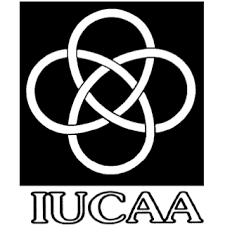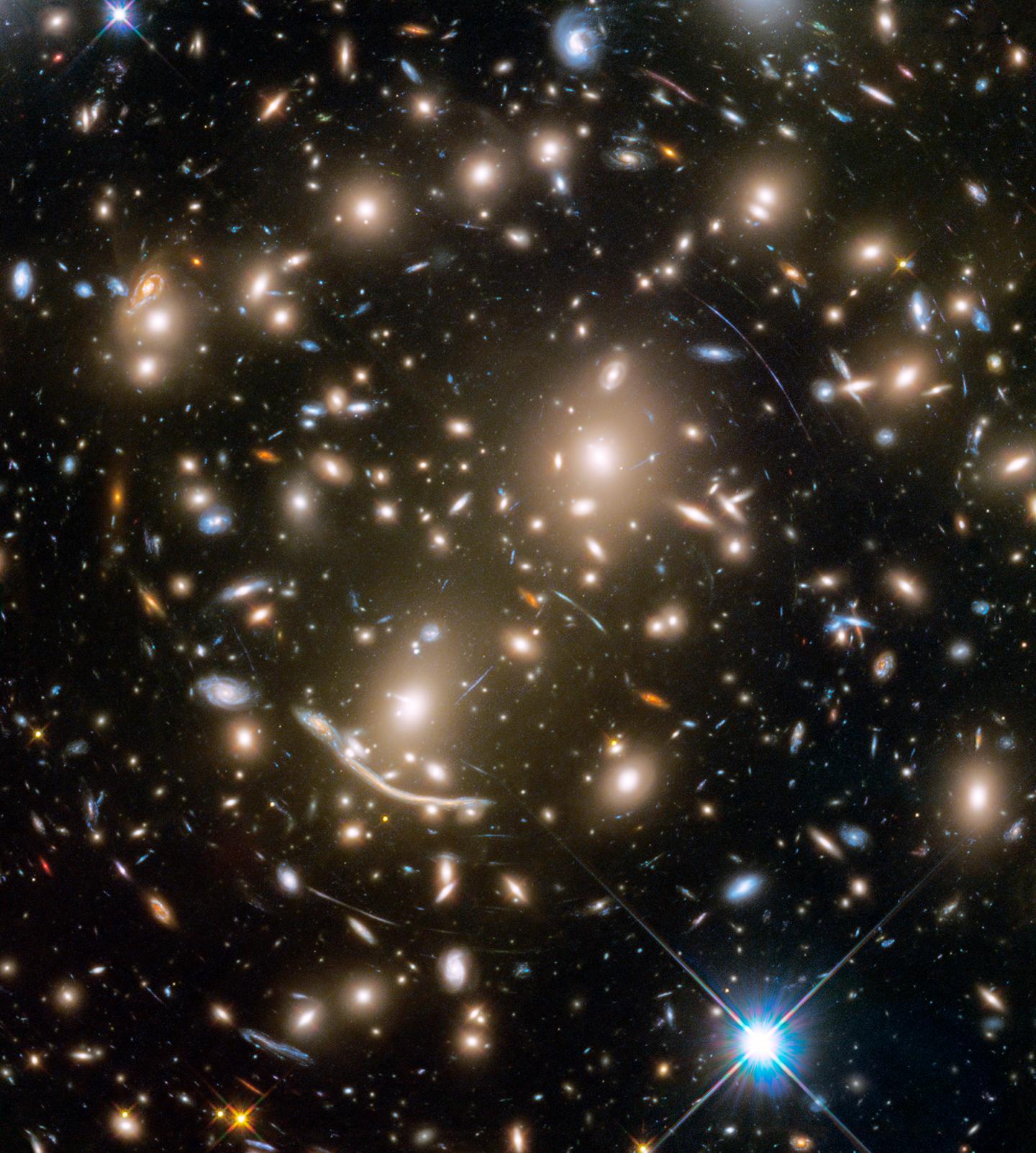Massive time-domain astronomical surveys in the last decade have revolutionized our knowledge of the properties, physical nature, and the very existence of several different classes of variable stars known to date. Stellar variability, both intrinsic as in pulsating stars and extrinsic as caused by binary motions, plays a crucial role in a wide range of topics in modern astrophysics and near-field cosmology. Variable stars have been extensively used to explore various aspects of star-planet formation and evolution, applied to Galactic and extragalactic archaeology studies and have played the key role in establishing the cosmic distance scale. Thanks to wide-field variability surveys (e.g. Gaia, TESS, OGLE, ASAS-SN, CRTS, ZTF, VVV, VMC), the numbers of variable stars have increased exponentially, providing both opportunities for new discoveries as well as challenges associated with dealing with a plethora of data. The latest Gaia Data Release 3 (DR3) has published light curves of more than 10 million variable sources and DR4, expected in late 2026, will increase the number statistics by at least a factor of two. At the same time, Vera C. Rubin Observatory’s Legacy Survey of Space and Time (LSST) will have started operations further expanding the parameter space for multi-wavelength variable stars studies to fainter magnitudes and larger distances. Stellar variability studies will undoubtedly be at their zenith in the next few years making this conference very timely.
The conference will explore the astrophysics of stellar variability and the use of variable stars as stellar population tracers and distance indicators. It will provide the opportunity for young researchers to get a broad overview of this exciting field, and connect Indian astronomers with the international community providing new networking opportunities to fully exploit these unprecedentedly large astronomical datasets on the horizon.
Topics to be covered:
Venue: IUCAA, Pune
Date: November 24 - 28, 2025
Registration Fees: There will be a registration fee for this conference, which will cover all meals and conference dinner. The details of registration fee payment will be updated in due course in the Registration page.
Coordinator:
- Anupam Bhardwaj (IUCAA)
Code of conduct:
The organizers are committed to ensuring a conference environment that is safe and free from harassment for all attendees, regardless of gender, sexual orientation, disability, physical appearance, body size, race, age, religion, or socioeconomic status. Harassment includes, but is not limited to, offensive verbal comments, deliberate intimidation, stalking, sustained disruption of talks or events, inappropriate physical contact, and unwelcome sexual attention. We have a zero-tolerance policy towards any form of harassment directed at conference participants.
For any queries: Please write email to - stars@iucaa.in

